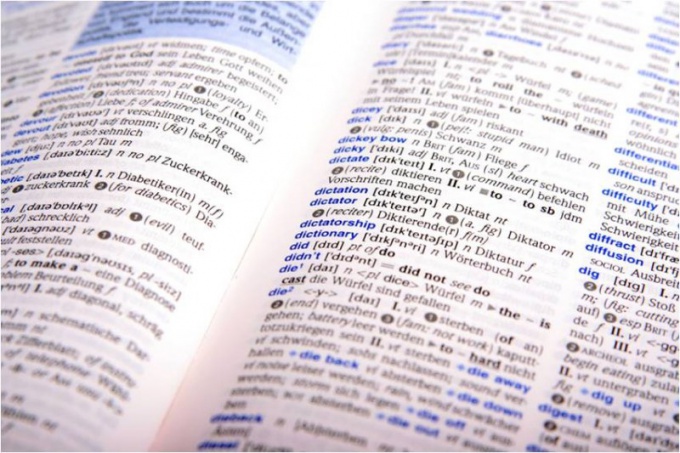You will need
- - textbooks and manuals translation.
Instruction
1
If you are not familiar with the language in which you want to translate, enhance their level of knowledge. This can be done through repetition of basic grammatical structures and forms.
2
Choose the right literature for consultation. Textbooks on the theory and practice of translation can be borrowed from the library, and to purchase in one of the bookstores. When choosing, pay attention to the orientation of the textbook - theoretical or practical. They complement each other, but if you subsequently need to translate simple texts, you will have sufficient allowances for practical translation.
3
If you have the opportunity enroll in courses in translation. This will help you in the first stage, as you will have a teacher whom you can ask questions and give verification of your texts. These courses are at many language schools. Before you pay for the course, find out whether you can attend a trial lesson free of charge. In this case, you will be able to understand the level of teaching and specifics of the course and to understand it suits you or not.
4
If you do not have the time or the funds for such courses, to start their own. Practice in the translation of the type of texts that you will need. It can be artistic, journalistic, and technical texts. If you want to learn to translate, say, a scientific article on a specific topic in Russian language, first read several such materials are already written in Russian. You will understand their stylistic features and will not be transfer them "tracings" from a foreign language. For example, not everyone knows that the first-person speech in Russian scientific articles are not welcome. And the translation of the respective English or French the phrase "I got results" in the Russian scientific article should be changed to the impersonal "were the results" or, at least, "We have received the results."
Note
Keep in mind that you can learn to translate texts, but without a diploma of a translator you will not be entitled to notarize documents, for example, for submission to the official authorities.
